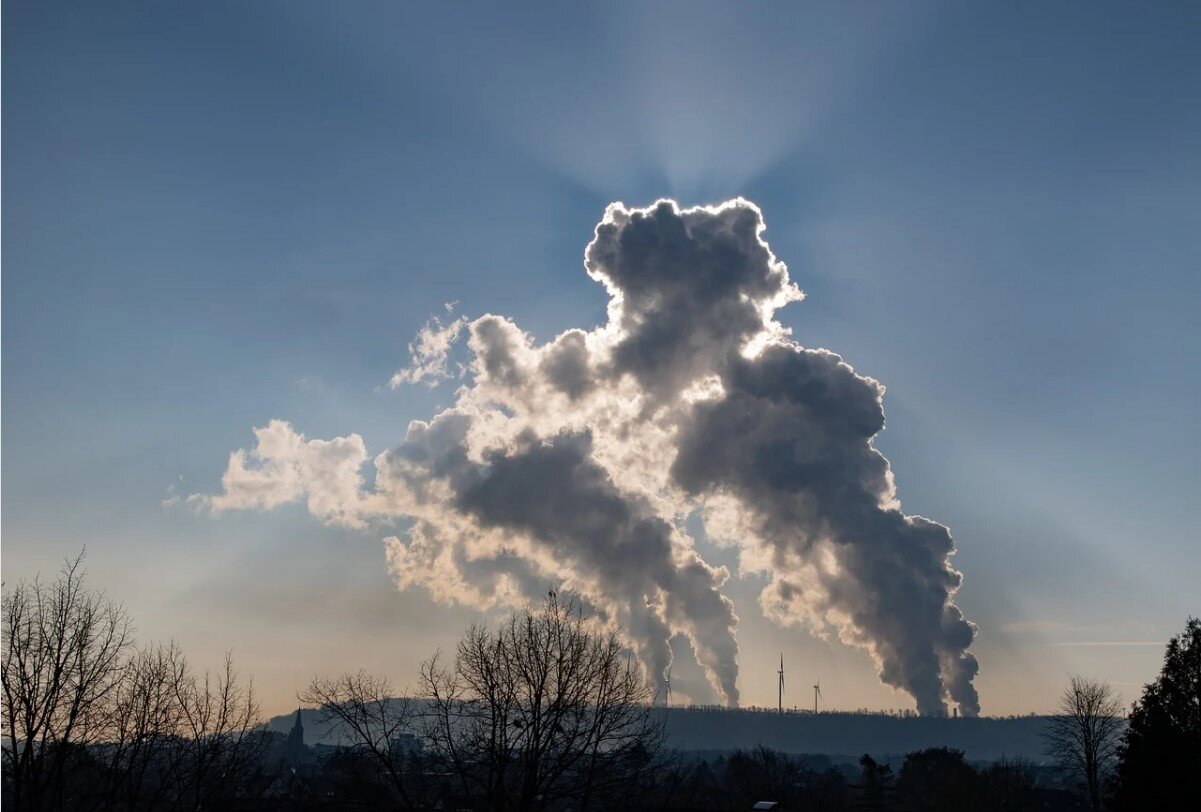Canada’s Shopify to Begin Selling Carbon Capture Capacity
A lignite mine releases carbon dioxide and other pollutants into the atmosphere (Pixabay).
The Direct Air Capture (DAC) carbon removal company Carbon Engineering (CE) and its partner, 1PointFive, announced on March 9 the formation of a service to allow customers to purchase carbon removal capacity from CE facilities. This would be performed through the Canadian e-commerce marketplace, Shopify, and will be the first in a series of partnerships CE and 1PointFive are looking to pursue with companies and governments, promising to be a significant change for both the future scalability of DAC technology and solving climate change.
Shopify purchased 10,000 metric tons of removal capacity to sell to environmentally conscious browsers who will be able to buy removal capacity starting at 100 metric tons, with discounts given to those who purchase high capacity volumes. Once completed in 2024, CE’s commercial plant will store purchased CO2 emissions under the ground, safely sequestering them from the atmosphere.
Buying and selling CE plant capture-capacity is a way for Shopify to monetize offsetting its emissions as it works towards its net-zero emissions goal. CE is betting that other companies and governments with net-zero goals will likewise seize on the opportunity.
Large corporate deals will also aid in the profitability of the entire DAC sector. “Not only does procuring DAC services enable companies to hit ‘net-zero’ pledges faster, but it helps DAC technology come down the ‘learning curve,’ driving cost reductions and making DAC services more affordable and accessible for a wider customer base in the future,” said Noah Deich, President and CEO of Carbon 180.
DACs’ cost reduction is important as global climate scientists increasingly view carbon capture technology, and more specifically DAC technology, as vital to meeting emissions targets, particularly in economic sectors, which are more difficult to decarbonize. “Carbon capture and storage is going to be the only effective way we have in the short term to prevent our steel industry, cement manufacture, and many other processes from continuing to pour emissions into the atmosphere,” said Professor Stuart Hazeldine of Edinburgh University.
As scientists and businesses align towards adopting DAC carbon capture technology, CE and its development strategy could cast Canada as the leader of DAC deployment. “The fact that the deal being announced today is between two Canadian companies is a clear signal that Canada can be a global leader in the carbon capture and removal industry,” said Michael Bernstein, Executive Director of Canadian environmental group, Clean Prosperity.

